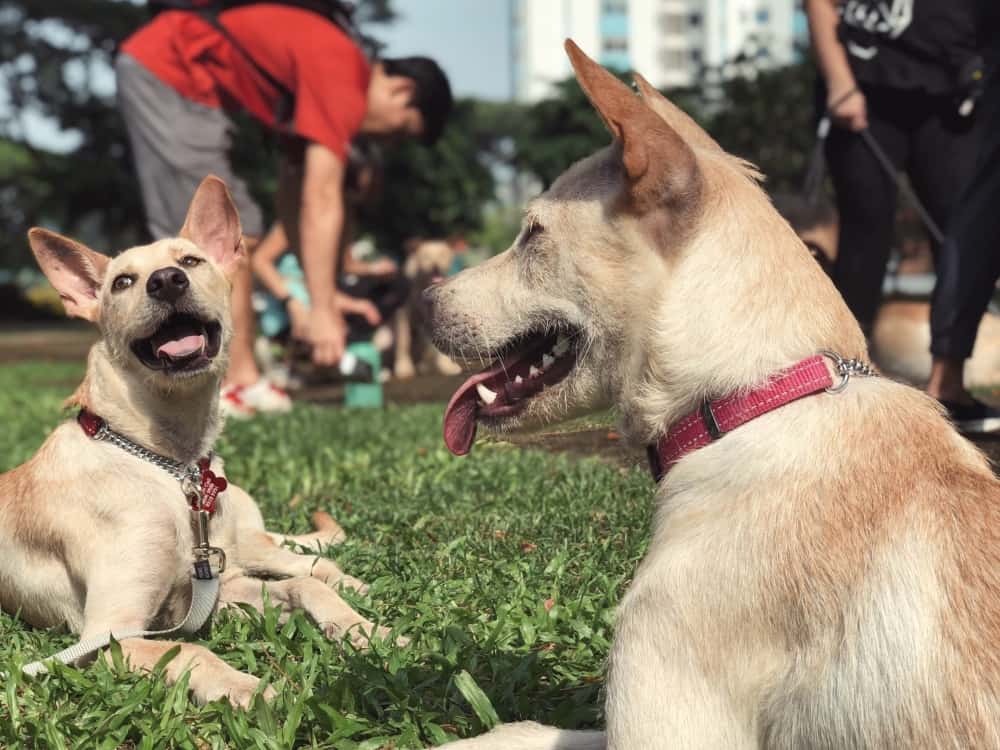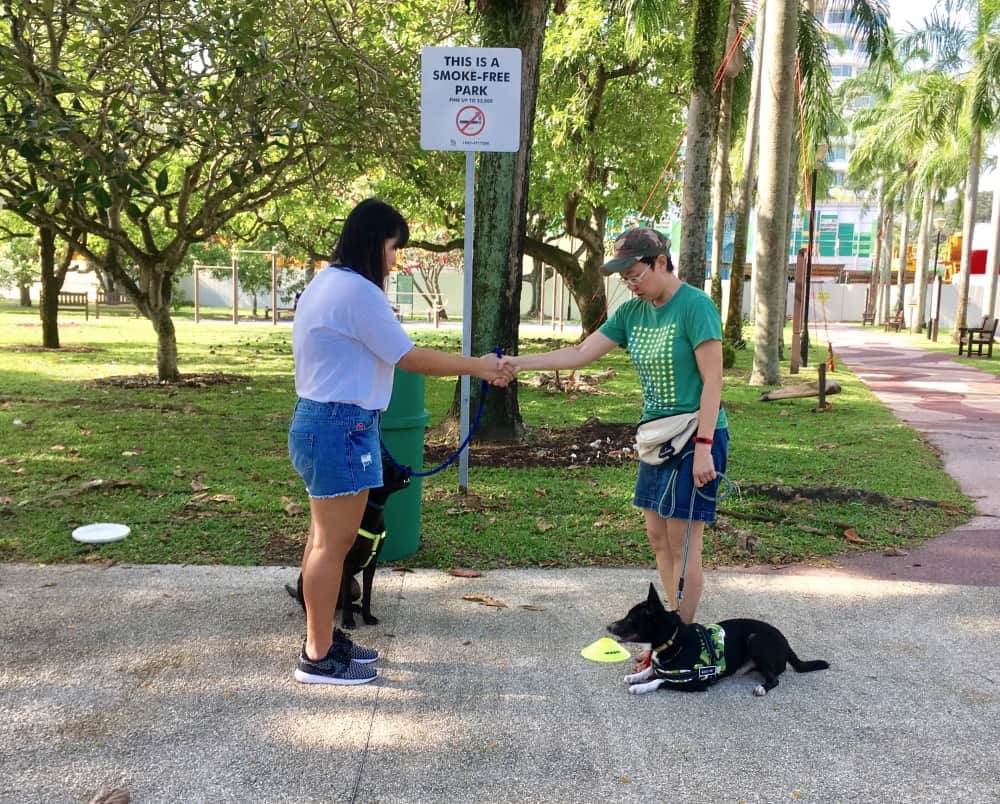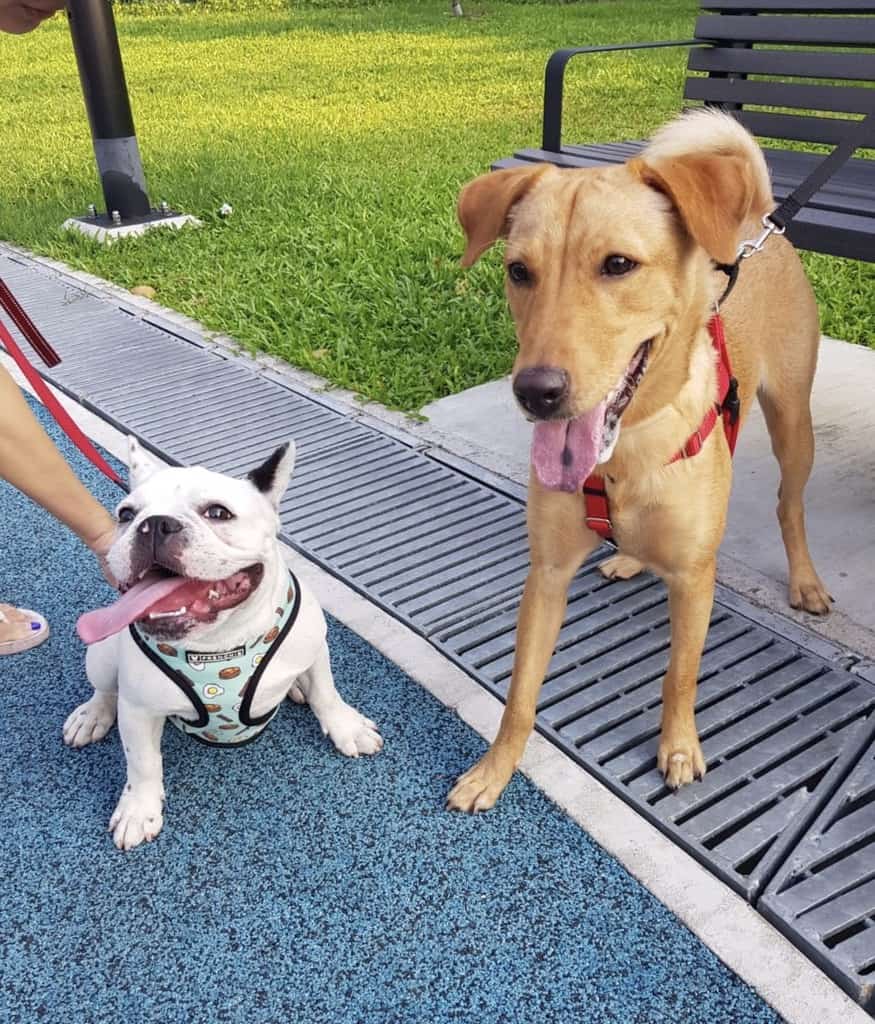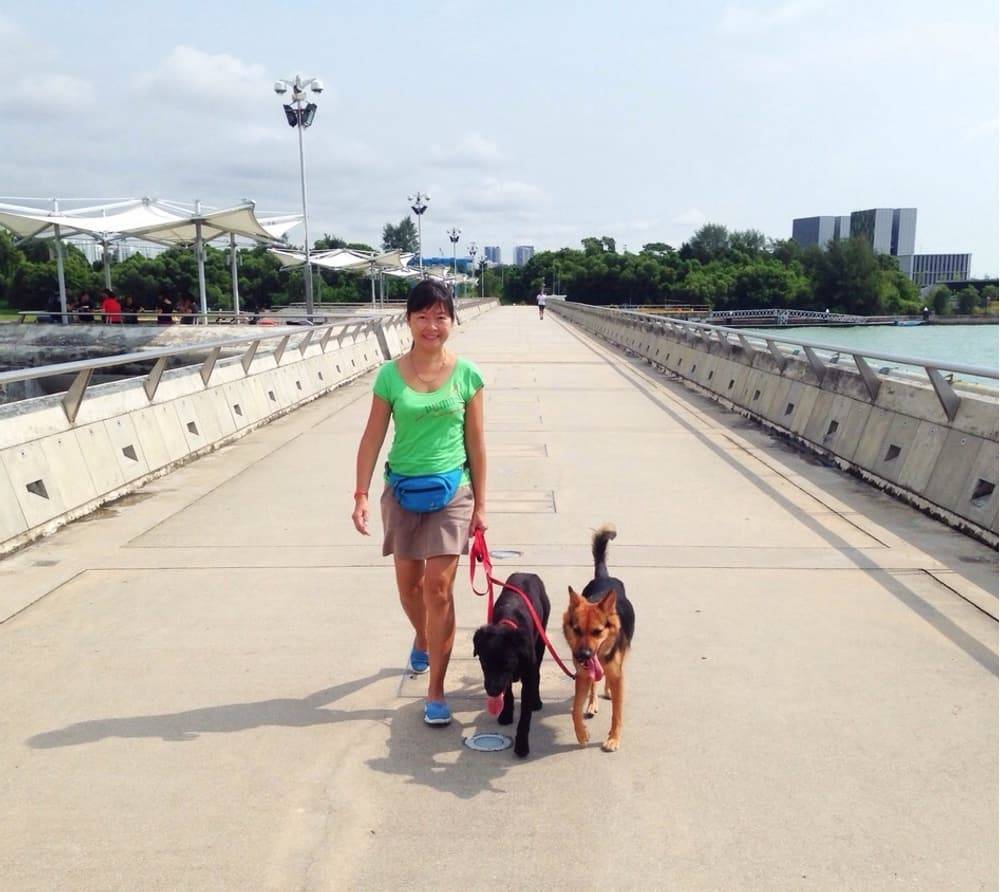
Socialisation is allowing your dog to meet and interact with as many new people, animals, environments and other stimuli as possible without overwhelming it. Over-stimulation and negative experiences can result in excessive fear, withdrawal or avoidance, so knowing the right way and how much is enough is important.
Keeping this in mind, the following are some socialisation mistakes to avoid.
Avoid stressful situations
Socialisation must be a positive and fun experience for you and your dog. We hear about the importance of bringing our dogs to new areas, so we think of “big picture” events when really we should be focusing on whether the dog is ready and comfortable for the experience.
If your dog has never been to a dog run, putting a shy dog into a fenced area with 20 other dogs sniffing it all over can be really daunting. Or if your dog is outgoing and active, you might need to teach your dog some manners lest it gets into trouble for rough housing with a dog who is not ready for his advances.
A walk with one other dog followed by a little off-leash play is the perfect way to socialise until your dog gets more comfortable.

Training is crucial
Invest time in training your dog. Teaching your dog good manners so it knows how to be polite around other dogs and people is key to a well-adjusted and happy dog.
Group obedience classes provide great training and socialisation opportunities. These classes are an easy way to work with your dog around other dogs and their handlers. We enact “real world” scenarios in all our obedience classes, in a controlled manner, to teach you how to manage your dog.
If your dog is not ready for group class, engaging a private trainer for one-on-one instruction can also be very helpful.

Have an exit plan
Some situations are just too stressful for certain dogs, and it’s up to the owner to always have a plan for what to do if things are not going well. Always be alert to your dog’s body language so that you will never put it through potentially stressful situations. This is true no matter how well socialised your dog is.
Sometimes, we set unrealistic goals and expectations for our dogs or we are not sensitive enough to the signals our dogs send us.
For example, you decide to take your dog to a pet carnival because you have seen other people walking their calm, easygoing dogs to the fair in the past. This is fine, but if it’s not going well and your dog is lunging and barking at people or so scared that its tail is tucked between the legs, you need to be ready to walk away or get in the car and go home.
Never ‘correct’ a fearful dog
We often see dog owners “shhhhh”, yell or yank the dog’s collar when it is barking or growling out of fear.
Correcting a fearful dog will make it more fearful because it will associate the pain or discomfort with the other dog. It adds unnecessary tension, which will further heighten its reactivity, and it might think it is wrong to communicate its fears.
When we are working with fearful, reactive dogs, we define the point at which the dog tends to react. Maybe it has no reaction when the other dog is 20m away but starts to hyperventilate and stiffen up when the dog is 10m away and then really starts to ‘lose it’ within 5m. (There are other variables, besides distance, of course.)
With this example, we would send the dog calming signals and work on redirecting its attention to us by using high-value treats or some other prized reward, from a distance of 20m from other dogs whenever possible.
The goal is to gradually change its response to other dogs over time.

Remember the little things, like walking in new places
One of the easiest ways to socialize a dog is to simply take it for a walk every day. Walking your dog is such a simple and valuable way to provide socialisation as it is exposed to new experiences: people, dogs, sights, sounds and smells!
So if you want to expose your dog to something new, simply choose a different road or path, or start the walk at a different time of day. Variety is the key!
Finally…
Do take note of these socialisation errors the next time you are taking your dog out and remember: it is your choices and decisions which determine the outcome of every situation your dog experiences so make it as pleasant and rewarding for it, and for you.
